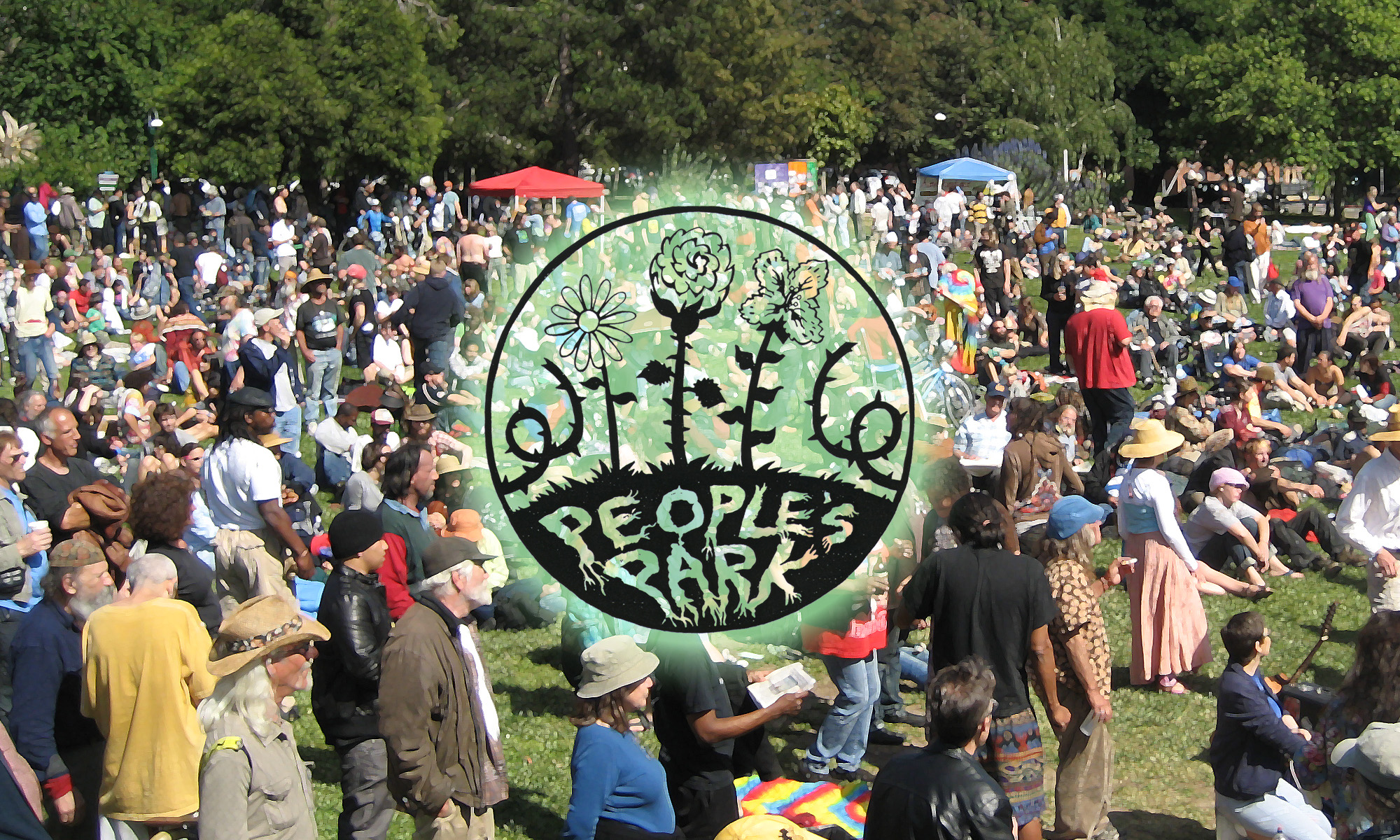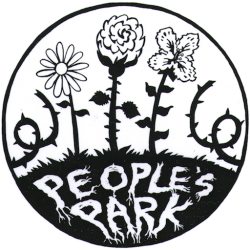For reasons I can’t fathom, the Daily Cal deleted my comment on that op-ed.
– Thomas Lord, February 13, 2019
——– Original Message ——–
Subject: response Feb 12 op-ed (re People’s Park)
Date: 2019-02-13 15:48
From: Thomas Lord lord@basiscraft.com
To: editor@dailycal.org
I wrote this in response to the February 12 op-ed “UC Berkeley must prioritize community voices in People’s Park housing plans”. It got positive responses from Park supporters including members of the People’s Park Committee. I’ve appended it below.
I am writing to ask that you please explain to me why you deleted my comment from the op-ed. To me it seems response, informative, and civil – especially in contrast to many comments on the Daily Cal that you don’t censor.
Thanks,
Thomas Lord (Berkeley, CA)
My comment:
There is no just way to raze the Park. The Park can not be reduced to just the most controversial users (i.e. poor people). The community can not be reduced to a set of “services” to be replaced.
Nor is there any practical reason to raze the Park. For that matter, there is no practical reason to build on the research field on Oxford. When the Chancellor’s office embarked on this farce they turned a blind eye to alternative sites such as the SW and NW parking lots on Clark Kerr. They ignored the part of the Oxford parcels with the older (run down) buildings. Those are just two examples – there are more. And to add insult to injury, they are proposing to build privately profitable housing that will gouge students and taxpayers. It’s an enormous wealth transfer from public education to already rich people. These facts alone should make students skeptical that UC is speaking with them in good faith. You’re being ripped off. Again. In yet another way. When do you stop trusting this institution?
The history of the Park matters. It was, once upon a time, housing. The housing was largely occupied by counter-culture households, many not-affiliated with the University but influential on student life. This context is vital to understand the past 50 years of struggle:
The University had taken some bruises, from their perspective, in that very conservative time. They had taken bruises from student involvement in the Civil Rights movement, from the Free Speech movement, from the anti-war movement, and from the growth of revolutionary politics and radical environmentalism. Students today can check out some deep (and academically very serious) history in Seth Rosenfeld’s “Subversives: The FBI’s War on Student Radicals, and Reagan’s Rise to Power”. Students today can find source materials about Park history in the on-line archives of the Berkeley Barb (content warning: no shortage of sexist and race-insensitive content in those old issues – but you’ll also find plenty of evidence of the positive good that was going on, really, at that time).
Where the Park stands today there was housing. The housing was largely occupied by unaffiliated counter-cultural types the University saw as a political threat.
Back then, the University found a flimsy excuse (a false promise to build student housing, ironically) to take that housing by eminent domain, evict the counter cultural residents, raze the buildings, and salt the earth by leaving behind a huge dirt patch. Meanwhile, the University continued its oppression of students who questioned and challenged the society around them, and the institution that processed them like commodities.
The Park grew out of student and community frustration and anger, and the something-in-the-air of the times that sought out solidarity, positive creation, much needed earth-loving, and the spontaneous discovery of the power of positive direct action. Watch some of the videos of the Park being built — and of the military counter-attack – to get some sense of the times.
Incidentally, the much beloved Ohlone Park in North Berkeley grew out the very same process of direct action. It was initiated in a moment of response to the murder of James Rector and the maiming and injury of others by the literal occupying army sent to suppress the People’s Park movement. The Park is sacred for many reasons.
For 50 years, the University has done everything it can to interfere with the Park’s positive development. You write of “services” the Park provides? You have no idea how much more extensive the mutual support was in the Park before the University cracked down on it. If it looks shabby and beat down today — keep in mind that the sticks used to beat it down were wielded by the very powers you think you are now negotiating with.
My metaphor for what even the well meaning author’s of this piece propose is an ugly one: It reminds me of those horrific photos of trophy hunters gloating over dead elephants, rhinos, and big cats — the kind you see flying around social media. You may mean well but if you think “just development” means anything more than giving some very mean folks a trophy photo, please reconsider.

